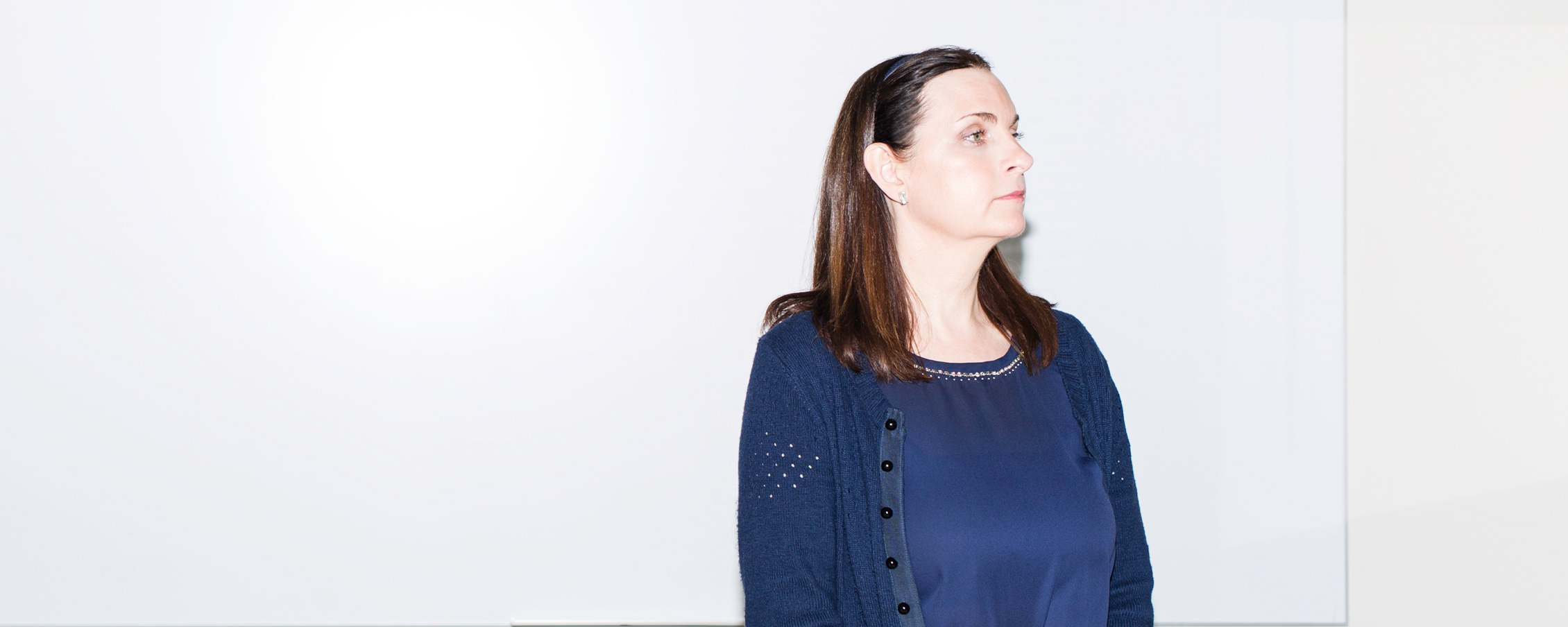Lillian Dittrick uses models to predict future. More specifically, as the director of UnityPoint Health, an integrated health system based in West Des Moines, Iowa, Dittrick uses analytics to create statistical models of future behavior. Dittrick’s approach—which she sometimes calls “atypical”—not only assists or replaces legacy methods of measuring and tracking patients, doctors, and nurses, but also helps patients become healthier.
The idea is to be proactive, to impact the outcomes. “It’s exciting to use the wealth of information that we have in the electronic medical records (EMR) in conjunction with the claims data in modeling work to help support initiatives to care for our patients,” Dittrick says. “My team creates and applies models using both claims and EMR data to both analyze risk and identify system-wide opportunities.”
Dittrick adds that predictive analytics is important for a provider’s system. “There are so many use cases around patient identification for care management programs and patient safety that can provide a better experience, better outcomes, and better value for our patients,” she explains. “Predictive models look at data in a way that we haven’t traditionally done to help us be successful in a quickly changing patient management and payment environment.”
One of the bolder models that Dittrick’s strategic analytics team created tracks blood management , intended to update old processes and help prevent over-utilization of blood transfusions because of increasing concerns with known and unknown risks related to transfusions. With millions of dollars spent on blood transfusions each year, this offers significant potential for increased safety—and cost savings.
“We looked at our historical information and identified situations where too much blood is transfused or blood is transfused too often,” she says. “Working with clinicians, we now take into account hemoglobin levels, diagnosis for the patient, and the severity of the illness. We’re trying to focus on best-practice engagement, and that’s really true of all of our models.”
UnityPoint Health has a task force that supports and improves best practices in blood management that come out of the work. “A lot of the models concern education, as we’re giving clinicians the technical model to support their work, but also generally folded in is adoption of evidence-based pathways,” Dittrick says. “So, in this case, the task force is also incorporating the evidence-based transfusion guidelines for our hospitals to use.”
To help standardize clinical pathways, UnityPoint also uses an episode of care model. Examples include knee replacement or back surgery, where the team looks at the care prior, during, and after, then puts it all together in one episode. “Then, we calculate a risk-adjusted expected cost,” Dittrick explains. “That enables us to identify opportunities where the cost is higher than expected, and we can either identify a clinical care pathway or have conversations with physicians about why episodes are higher than what is expected for that care.”
UnityPoint’s no-show model also estimates patient no-show risks to help eliminate wasted time. For this, Dittrick’s team looks at the number of appointments by hour and estimates the probability of a clinic having at least one no-show patient within any given hour. “That allows them to put in place some targeted intervention to address those no-shows by contacting them individually or opening up additional walk-in slots,” she adds.
Another important one for system-wide work—“although not as atypical,” Dittrick says—surrounds stratification. “We are stratifying our entire patient population to help meet a patient-care initiative that we call ‘T.H.E. Care Model,’” she says. “We’re looking at providing care across the whole continuum for our patients and making sure our patients have continuity in care and smooth transitions.”
There are a couple of different models for this, including a claims-based model that pulls in more than one hundred predictive variables to ensure high-risk patients in particular are being identified, and that the team is wrapping the appropriate care around them.
UnityPoint Health supports this modeling work by leveraging a natural language processor to identify the unrecorded diagnosis information in the notes of the EMR. It’s something that Dittrick believes will be of tremendous value to care-management models, risk coding, and stratification.
Through relationships with nearly 300 physician clinics, thirty-three hospitals in metropolitan and rural communities, and home-care services throughout its nine regions, UnityPoint Health provides care throughout Iowa, western Illinois, and southern Wisconsin. Recently, it has moved away from focusing on hospital admissions and more toward caring for patients in primary care outpatient settings. Dittrick understands that this movement is about making sure every patient gets the care they need, where they need it.
“It’s moving away from fee-for-service to value-based care,” says Dittrick, whose credentials include a fellowship of the Society of Actuaries and membership of the American Academy of Actuaries. “Healthcare professionals understand that patients would rather be at home, so they’re ramping up their home-care initiatives. Care settings are going to change, and we really need to maximize being able to provide the right care at the right time in the right setting.”

